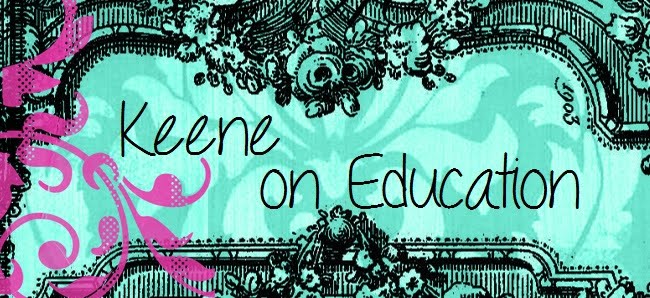I suppose I should start with the basics:
The words skills and strategies are often used by teachers to describe what they are teaching students. Skills refer to something done automatically whereas, a strategy is a plan used subconsciously (Duffy, 2003). Many times the scope and sequence presented by the basal is heavily skill based, and many of those skills are taught in isolation, often times outside the context of literature. That is why I choose to pair the basal programs with other programs currently avaiable by some of the most progressive researchers in the field - read on to see what I use. "At the heart of accomplished reading is a balance of both - automatic application and use of reading skills, and intentional, effortful employment of reading strategies - accompanied by the ability to shift seamlessly between the two when the situation calls for it." (Afflerbach, Pearson, and Paris 364-373).
The words skills and strategies are often used by teachers to describe what they are teaching students. Skills refer to something done automatically whereas, a strategy is a plan used subconsciously (Duffy, 2003). Many times the scope and sequence presented by the basal is heavily skill based, and many of those skills are taught in isolation, often times outside the context of literature. That is why I choose to pair the basal programs with other programs currently avaiable by some of the most progressive researchers in the field - read on to see what I use. "At the heart of accomplished reading is a balance of both - automatic application and use of reading skills, and intentional, effortful employment of reading strategies - accompanied by the ability to shift seamlessly between the two when the situation calls for it." (Afflerbach, Pearson, and Paris 364-373).
A group of strategies have been identified by researchers as the ones needed by readers to accurately be able to comprehend complex texts (Routman, 2003). "The goal of comprehension instruction is to help readers become self-regulated and independent readers." (Hasting Gregory, Rozzelle Nikas, 2005). This can be done through the teaching of the following evidence based strategies:
- Making Connections
- Synthesizing and Summarizing
- Visualizing
- Asking Questions
- Making Inferences
- Determining Importance
- Monitoring Reading For Understanding
There are many ideas, publications, and reading programs that have a heavy emphasis on reading skills. Whereas reading strategies, haven't always shared the same popularity. My blog posts will focus specifically on metacognitive comprehension strategies mentioned above, but remember that a successful reading program should include both skills and strategies.
With that being said it is important to note the people, authors, and resources that have shaped my pedagogy.
Most of my lesson ideas come from the teachings of Debbie Miller and Stephanie Harvey. If you don't already have these books on your shelves, it's time to visit Amazon.com people!
1. The Primary Comprehension Toolkit By: Stephanie Harvey - With a large emphasis on information texts, Harvey guided teachers through each of the strategies with explicit lesson models, student samples, and rubrics for assessment.
2. Reading with Meaning By: Debbie Miller - a perfect counterpart for Harvey's Toolkit, as Miller focuses more on literary texts. Her book also reads more like a narrative, as opposed to Harvey's more "lesson plan" feel. Miller also provides a great introduction to Reader's Workshop and how to roll out each of theses strategies.

Of course there are tons of supplements that go with these books that I also pull from as I am constructing my lesson plans. Some include:



Finally, I need to make reference to my friend and personal mentor when it comes to ELA instruction, Linda Teese. Linda is currently a reading coach in NJ schools and I was lucky enough to have her working in the room next to me my first 3 years teacher. She has become not only a close friend but the one person I attribute most of my success in education to. Many of my lessons and definitely the foundation of my knowledge are a direct product of her work with literacy and willingness to share her knowledge with me. Even now, as she works in New Jersey and I in Ohio, we are constantly comparing notes and sharing ideas.
Here we are at my wedding:
Ok friends, that's the reasoning for the future posts coming and some background knowledge on it. Check back often so you can get some ideas for implementation in your own rooms. :-)
References:
- Afflerbach, Peter, P.David Pearson, and Scott G. Paris. "Clarifying Differences Between Reading Skills and Reading Strategies." Reading Teacher. 61.5 (2008): 364-373. Web. 25 Jan. 2014.
- Duffy, G. (2003). Explaining reading: A resource for teaching concepts, skills, and strategies. New York: Guildford Press.
- Routman, Regie (2003). Reading Essentials: The Specifics You Need to Teach Reading Well. Portsmouth: Heinemann.
- Hastings Gregory, Valerie, and Jan Rozzelle Nikas (2005). The Learn Communities Guide to Improving Reading Instruction. Thousand Oaks: Corwin Press.




